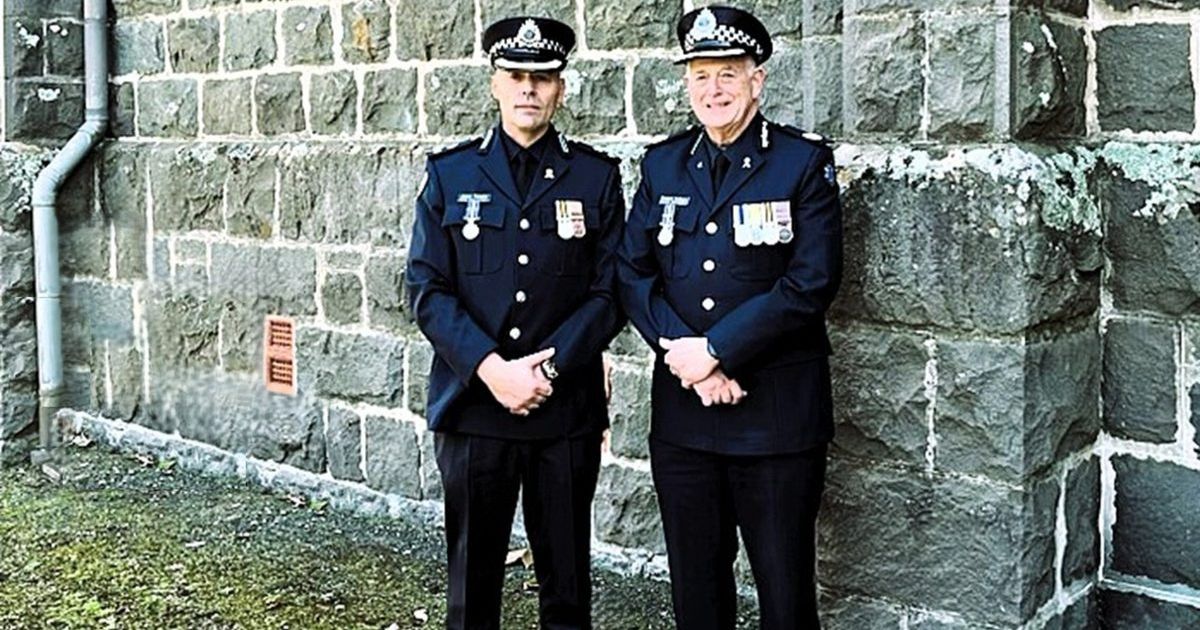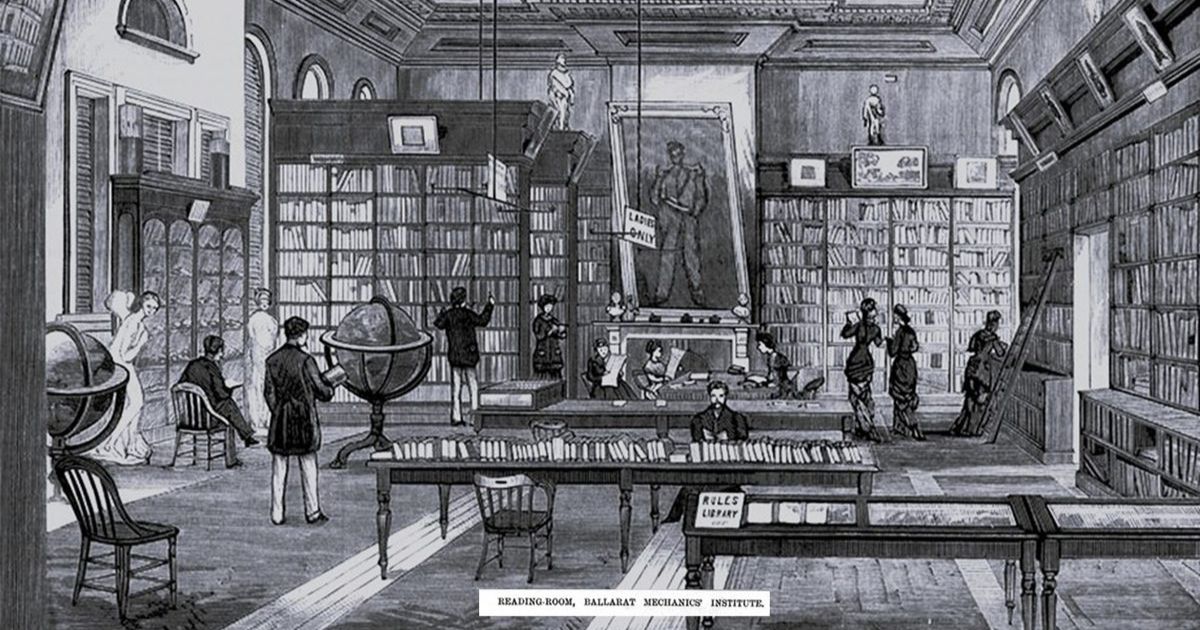From the desk of ROLAND ROCCHICCIOLI
FOR apostatics fettered by inflexible 1950s Roman Catholicism, the death of, and Requiem Mass for, the Holy Father, Franciscus, generated reflexive myriad recollections of an erstwhile religious time-and-place which has, for the most part, disappeared into the ether; however, it has left behind shadows — both obvious and concealed.
Sexual abuse notwithstanding (too profoundly a vexed question for a fleeting weekly column), it could be posited, not unreasonably: “All that praying and Catechism may not have done you any good, but it certainly did not do you any harm”. Indeed, for anyone intent on a performance career, the church, with a practiced leading man and a committed supporting cast of acolytes, a wardrobe of superbly designed costumes, a glittering array of priceless props and sets, a riveting script as old-as-time and performed in the Latin, and a repertoire of Gregorian chant and organ music, offered a tangible form of dramatic theatre created specifically to mesmerise and maintain a faithful audience.
The Venerable Pius X11, Bishop of Rome, was my first pope. Framed portraits, with his delicately chiselled face and fine aquiline nose with little round glasses resting on its bridge, stared-out at us, seemingly watching our every moment and striking a lingering note of religious awe. His robes pontifical served only to intensify the might-and-power of his saintliness. He was a child’s earthly manifestation of God, the Almighty. Under the Dominican sisters we prayed fervently for the Pope, the perfidious Jews, and the conversion of Russia. In truth, it was gobbledegook and none of it made any sense; however, it was filled with a religious mystery calculated to invoke the hidden presence of God!
Pope Pius X11 died October 1958. Both Natale (Nat) Garbellini and I were 11 and altar boys at the church of St. Francis of Assisi. Nat was like a brother. He asked of me: “Did you know the Pope’s dead?” I was stunned into silence. I had never considered the notion — and certainly not for Pius X11.
The late Pope Francis was the 266th pope since Saint Peter, and the 6th since Pius X11. Like few before him, Francis piqued the international imagination. A goliath, he bestrode the world in defence of the poor and in the pursuit of lasting peace. He lived as he preached. Elected to the throne of Saint Peter he cast-off the established religious panoply and walked in the footsteps of the humble Nazarene whose call he answered, and to whom he devoted his life. Francis was a fearless protector of humanity; a Jesuit defender of the Mother Church, he offered his Novenas and Marian pontificate to the Mother of Our Lord, the Blessed Virgin Mary. He was a Father to those of faith, and those of none; a Maverick who championed those souls living on the margins. The People’s Pope, He fought the good fight; He finished the race; He kept the faith.
With a firm hope in eternal life, Pope Francis prayed in his final testament: “May the Lord grant a fitting reward to all those who have loved me and who continue to pray for me. The suffering that has marked the final part of my life, I offer to the Lord, for peace in the world and for fraternity among peoples.”
Buried in Santa Maria Maggiore, the pope’s church in central Rome, his tombstone bears only his name: Franciscus. Contact: [email protected]



















